Aquarium fish are becoming more and more popular. It's no wonder, as this colorful underwater world is not only fascinating, but it's also a soothing and relaxing haven in our fast-paced lives. But which fish are best suited for your aquarium? We present the 10 most popular freshwater fish and their characteristics.
The 10 most popular aquarium fish
Choosing the most beautiful and suitable fish for your aquarium can quickly become complicated, especially for beginner aquarists. The types of aquariums are as diverse as the types of fish that inhabit them. There are hundreds of different types of fish on the market, and not all of them will be suitable for your aquarium. Food, plant, light, water quality and temperature requirements vary from fish to fish and must be considered when choosing your different fish. Also, you should make sure beforehand that the types of ornamental fish you select get along with each other.
Here are the ten most popular ornamental fish for your freshwater aquarium, and good reasons to include them in your selection.
The Guppy: The Number One Aquarium Fish
This Caribbean freshwater fish is without a doubt one of the most well-known aquarium fish. The guppy is considered to be undemanding and is therefore ideal for aquarium novices. This colorful ornamental fish, which can grow up to 5 cm in length, lives in schools in the wild, so it should also live in small groups in an aquarium. The guppy also gets along well with other types of fish, such as the Corydoras paleatus. Guppies reproduce very quickly, and they accept dry food as well as live food.
Origin : North America and Caribbean
Length : 3-5 cm
Lifestyle : schooling
Swimming area : halfway up / near the surface
Difficulty: easy
Aquarium: freshwater aquarium, at least 14.2 Gallons (length 60 cm)
Water parameters: optimal heat for guppies is between 24° C and 27° C, pH between 6 and 7,5
Socialization : prefers corydoras paleatus, but also female fighters, tetra-emperors, danionins, dwarf grunting gouramis, epiplatys dageti, shrimps and blue catfish with antennas
Food : fish flakes, 1-3 times a week, supplemented with frozen or live plants or animals
Characteristics: low care requirements, prefers dense plants, loves to swim, strong mating instinct (if you want to avoid having too many guppies, keep only one sex, e.g. only male guppies)
The blue neon: the colorful charmer
With its bright red and blue stripes, the blue neon catches the eye in any aquarium. These small freshwater fish from the Amazon are only comfortable when they live in schools, so they must share their aquarium with at least 10 other fish. The more the better. Their aquarium must contain at least 15.8 Gallons of water, but again, the bigger the better.
Origin : South America (Peru)
Length : 4 cm
Mode of life : in school
Zone of bathing: in half height
Difficulty: easy
Aquarium: fresh water aquarium, at least 14.2 Gallon (length 60 cm)
Water parameters: 20° C to 26° C, pH 5 to 6.8
Socialization: with smaller, peaceful South American freshwater fish. The blue neon enters in a kind of symbiosis with the ramirezi: in the wild, the ramirezi observe very closely the blue neon, which swims higher than them to be warned of dangers by their behavior.
Diet : dry and live food
Particularities : the fish with iridescent blue stripes prefers low light aquariums. Blue Neons naturally prefer slightly acidic water, but also tolerate higher pH and hardness levels. They are considered quite hardy, but they are not immune to disease. There is a disease that specifically affects blue neon, which is called neon disease.
The platy: the sociable fish
Like the guppy, the platy belongs to the viviparous poeciliid family. The small platy, which is native to Central America, is a very sociable ornamental fish, which likes to swim with its group near the surface of the water. This popular ornamental fish can come in many different colors, and is ideal for beginners in aquarium keeping, as it is easy to breed.
Origin: Mexico to Honduras, along the Atlantic coast
Length : 4 to 6 cm
Lifestyle : schooling (ideally a mixture of males and females)
Swimming area: halfway up the coast
Difficulty: easy
Aquarium: freshwater aquarium, at least 14.2 Gallons (length 60 cm)
Water parameters: 22° C to 28° C, pH 7 to 8
Socialization: The platy lives in harmony with other fish in the aquarium, and is compatible with guppies, blue catfish with antennae, corydoras paleatus, snails and many other peaceful freshwater fish. The platy may be intimidated by larger, more active fish such as barbel.
Diet : dry and live food, algae
Particularities : Healthy platys are constantly on the move and rarely hide. Nevertheless, they must have underwater plants at their disposal to hide. These fish, which reproduce quickly, can be crossed with xiphores, but this should be left to the experts. Otherwise, the crossbreeding can quickly get out of hand.
The Black Molly: the elegant blackfish
The black Molly is the domestic black version of the Molly, which lives in Central and South America. After crossbreeding with different species, the black Molly has developed different types of fins. Thus, today there are black Mollys with a small round dorsal fin, with an elongated dorsal fin or with a sail fin. These black ornamental fish of 6 to 10 cm are considered robust and easy to maintain, but they like heat and can sometimes be sensitive to fluctuations in water temperature or degree of hardness.
Origin : From Central America to Colombia
Length : 6 to 10 cm
Lifestyle : schooling
Swimming area : halfway up the water
Difficulty : easy
Aquarium: freshwater aquarium with a capacity of about 26.4 Gallons (for a group of black Mollys with small fins and only one male, 15.8 Gallons are enough)
Water parameters: 24°C to 28°C, pH 7.2 to 8.2
Socialization: Black Mollys are considered peaceful, and are compatible with many aquarium fish, such as guppies, platys, corydoras paleatus, scalars, characids and dwarf gouramis. Black Mollys may be intimidated by characiformes or large clichids.
Food : preferably vegetable food, in particular algae, as well as dry food and mosquito larvae
Particularities : Black Mollys like warmth, so the temperature of their water should be as constant as possible, between 24°C and 28°C approximately. If a black Molly feels uncomfortable, it shows it by swinging.
Corydoras paleatus: a sociable and friendly barbel aquarium fish
Another popular ornamental fish is the Corydoras paleatus, or Peppered Corydoras. Unlike their close relatives the catfish, corydoras paleatus do not like to be alone and must live at least in pairs in an aquarium. One of the particularities of this fish is the presence of barbels on each side of its mouth, with which it detects odors and likes to explore the ground.
Origin: from Venezuela to Argentina and Uruguay
Length: 2-8 cm
Way of life : in school
Swimming area: at the bottom
Difficulty : easy
Aquarium: freshwater aquarium of at least 15.8 Gallons
Water parameters: most types of corydoras paleatus do well at a temperature between 22°C and 28°C, pH 7 to 8
Socialization: Corydoras paleatus are peaceful fish, and can be combined with almost all ornamental fish for freshwater aquariums, e.g. Characids, Platys, Guppies, Rainbow Fish, Barbs and Black Mollys. The only fish they are not compatible with are larger, very active fish such as clichids.
Diet : dry and live food
Particularities: there are many different types of corydoras paleatus, which can not only have very different sizes and colors, but also need different temperatures depending on their region of origin. If you want to add Corydoras paleatus to your aquarium, be sure to find out the needs of each type beforehand.
The discus: the king of aquarium fish
The discus owes its name to its shape: like a floating disc, this colorful ornamental fish glides through the underwater world and delights young and old alike. However, it has rather high demands on water quality, as it is very susceptible to infection by bacteria and parasites. If you really want to add discus to your aquarium, you should always keep your water clean and germ free.
Origin: Root-rich biotopes of the Amazon, Peru, Colombia, Brazil
Length : 12-15 cm
Lifestyle: in schools of 6-8 fish
Swimming area: halfway up / at the bottom
Difficulty: demanding
Aquarium: freshwater aquarium of 66 Gallons
Water parameters: 26°C to 30°C, pH 5 to 7.8
Socialization: Preferably with siluriformes, otherwise only with discreet and peaceful freshwater fishes like platys, characids, xiphores and black Mollys. However, it generally does not live well with guppies, characids, scalars, dwarf gouramis, shrimps and fighting fish.
Diet : high quality dry food (preferably specialized food for discus fish), insect larvae (frozen)
Particularities: wild discus blow on the sea bed in search of food. Therefore, fine sand should also be used to cover the bottom of the aquarium.
The Siamese Fighter: the aggressive macho
The Siamese fighter fish, native to Cambodia and Thailand, is one of the most colorful fish of the Anabantoidei family. In the wild, it is naturally red-brown. Since it has been domesticated, many other colors can be found, ranging from red to blue to black, with more or less long and colorful fins. The somewhat provocative name "fighting fish" refers to the aggressive behavior of males among themselves. The rivals attack each other, tear each other's fins and fight to the death. Therefore, you should not have two fighting males in the same aquarium. The Siamese fighting fish is more peaceful towards females and other fish, but be sure to ask about the socialization conditions of the fish before mixing it with other species.
Origin: Southeast Asia (Cambodia and Thailand)
Length: 5-7 cm
Lifestyle: preferably alone, or in pairs or harem (one male for several females)
Swimming area: near the surface
Difficulty: easy
Aquarium: freshwater aquarium, at least 14.2 Gallons
Water parameters: 24 to 30°C, pH 6 to 7.5
Socialization: a group of one male with one or more females will get along well with siluriformes, platys, characiformes, loaches or rainbow fish. Fighting fish should not live with other aggressive or restless fish. Also, avoid having a fighter fish live with long-finned fish such as guppies, as the fighter fish sometimes mistake them for competitors.
Food: dry food (preferably specialized food for fighters), sometimes live or frozen food.
Particularities : unlike other fishes, Anabantoidei fishes do not depend exclusively on gill breathing, because they have a special organ that allows them to breathe atmospheric oxygen through their mouth. They are thus able to survive even in poorly oxygenated waters and are generally robust and easy to maintain.
Scalaria: the arrow-shaped star
Scalaras are distinguished by their arrow-like appearance, which they owe to their long fins. In addition to their unusual arrow or triangle shape, scalarias are also attractive because of their size. Scalaras can reach a length of 15 cm and a height of up to 25 cm. Their aquarium must be high enough to hold them at their adult size. As far as water and food are concerned, scalarias, which belong to the cichlid family, have few requirements and are rather easy to maintain.
Origin : Amazonian region from Peru to the Guyanas
Length : up to 15 cm
Way of life : in school
Swimming area : halfway up
Difficulty : average
Aquarium: fresh water aquarium of Gallons , height of the aquarium of at least 50 cm
Water parameters: 24°C to 30°C, pH 6 to 7.5
Socialization: preferably catfish and large characids. Very small fish, like bluegill, may be eaten by the scalar.
Diet: high quality dry food, and 1-3 times a week live and frozen food (e.g. mosquito larvae) and herbal supplements
Particularities : There are many types of scalarias, which are distinguished by the shape of their fins and by their colors. Since scalarias are omnivorous and not very demanding in terms of food, it is necessary to be vigilant to avoid overfeeding.
The ramirezi: the gentle but demanding fish
The Ramirez dwarf cichlid, also called ramirezi, is a very gentle fish, and should not be mixed with too lively or aggressive species. In their native habitat, the plant-rich waters of Venezuela and Colombia, they usually live in pairs and both care for the brood in the same way. Ramirezi should always live in pairs, one male and one female, even in aquariums.
Origin: South America Venezuela and Colombia)
Length : up to 5 cm
Lifestyle: in pairs (depending on the size of the aquarium, there can be several couples)
Swimming area: at the bottom
Difficulty: demanding
Aquarium: freshwater aquarium, at least 13.2 Gallons
Water parameters: 24°C to 28°C, pH 5 to 7
Socialization: preferably with characids that swim near the surface and apistogramma. However, living with other live freshwater fish can be problematic.
Diet : live and frozen food, sometimes flaked food
Particularities : The ramirezi is a very sensitive fish and very demanding as regards its water. Ramirezi need a fresh water with low nitrite content and which is always of high quality. If you have these fish, you must regularly make partial changes of the water.
Zebrafish: a classic for aquarium fish
Zebrafish are very popular with aquarists all over the world. Even aquarium beginners will have no trouble caring for these easy-to-care-for ornamental fish, which are compatible with many other freshwater fish species. This 5 cm long fish gets its name from its dark blue vertical stripes. The small, slender fish live in schools and enjoy elongated aquariums with a slight current.
Origin: South Asia (river landscapes of India and Pakistan)
Water parameters: 20°C to 26°C, pH 6 to 7,8
A wide variety of aquarium fish to choose from
In addition to the ten ornamental fish mentioned here, there are of course countless other species that would be suitable for your freshwater aquarium. Before you head to your local pet store to buy the most beautiful fish, make a detailed plan of the species you want in your aquarium. In addition to aquarium size, temperature and water condition, there are many other criteria to consider. After all, not all freshwater fish are automatically suited to live with other freshwater fish species. A basic requirement for a harmonious and successful coexistence in an aquarium is that the chosen fish have the same requirements regarding temperature, quality, and pH, as well as plants and light. Also, try to choose species that inhabit and fill different swimming zones in your aquarium (upper, middle and lower water zones). Finally, the fish you select should of course get along well with each other. After all, it is difficult to avoid each other in the limited space of an aquarium. Find out in advance about the special characteristics of aquarium fish, their territorial behavior, their movement and resting needs, and their feeding habits.
We wish you much success in choosing your fish and much pleasure with your aquarium!

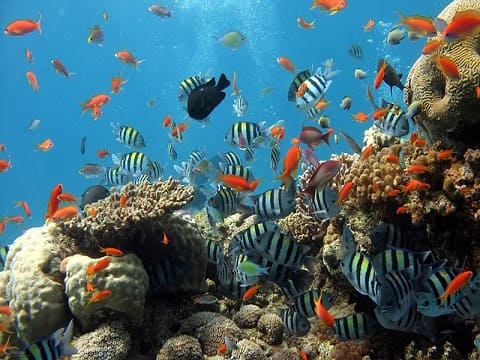
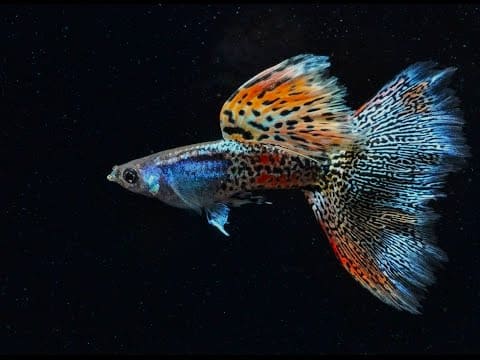
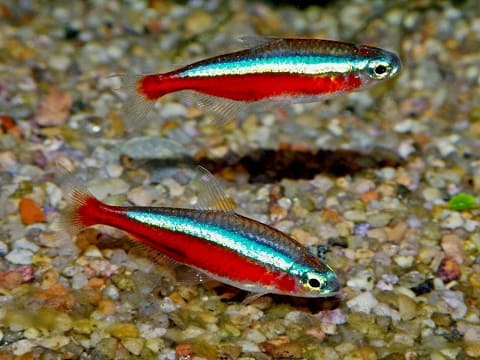
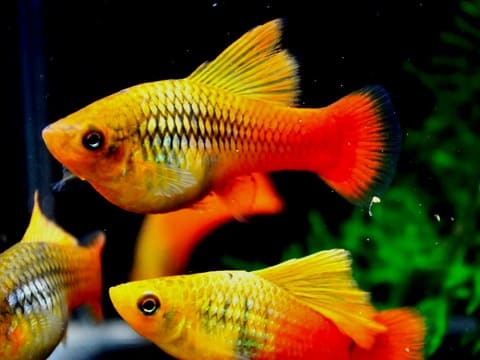
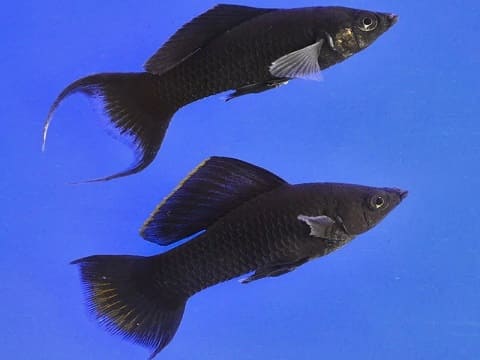
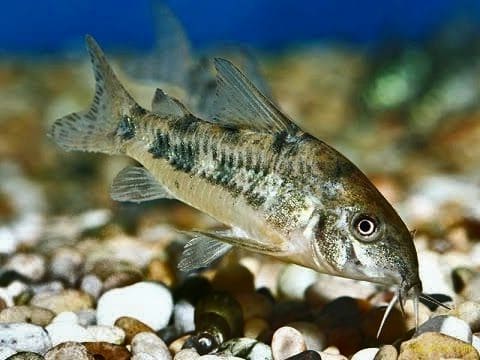
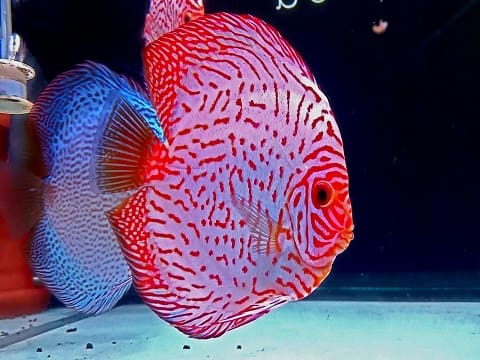
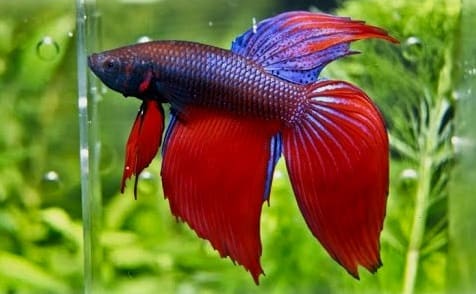
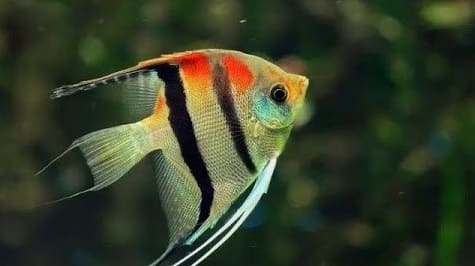
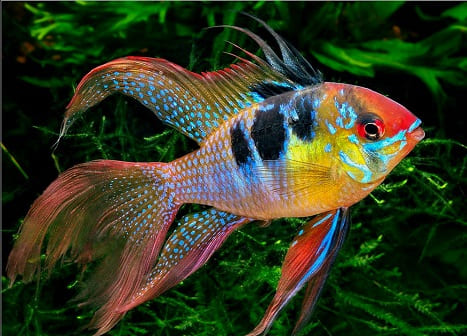
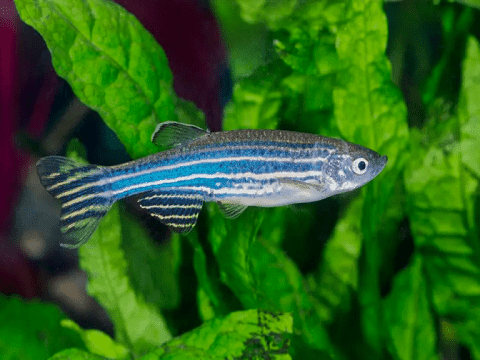
Comments
Post a Comment